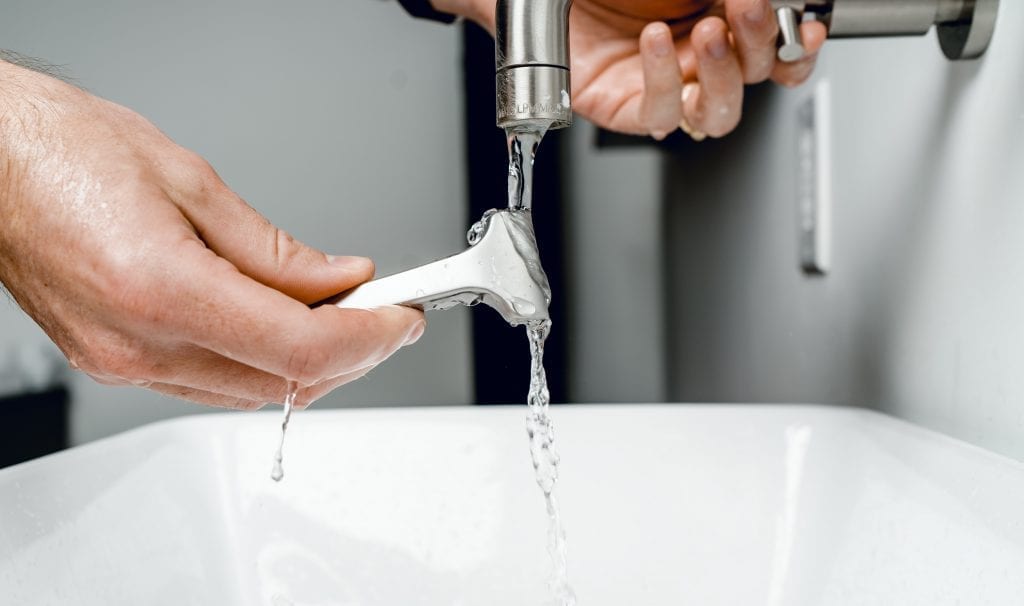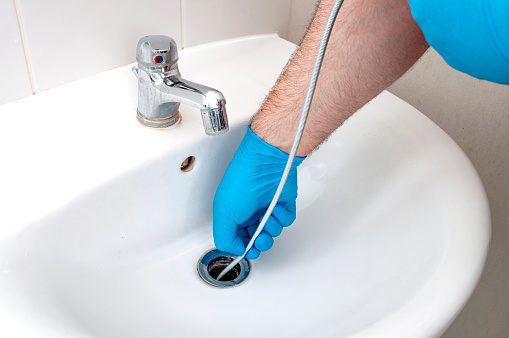They are making a few good observations about How to stop pipes from freezing during the winter in general in the article followed below.

All house owners that live in temperate climates must do their ideal to winterize their pipes. It is something you need to do throughout fall prior to deep winter months really begins. Failure to do so can mean catastrophe like frozen, split, or ruptured pipes. If the climate outside is frightful, here are some convenient winterizing hacks to keep your plumbing system protected also.
Attempt a Hair Clothes Dryer or Warmth Weapon
When your pipelines are almost freezing, your trusty hair dryer or warmth weapon is a blessing. If the hot towels do not help dislodge any type of settling ice in your pipes, bowling hot air directly right into them might aid. Do not use other things that create direct flames like a blow lantern. This can lead to a larger catastrophe that you can not regulate. You might end up harmful your pipelines while trying to melt the ice. As well as over time, you may even wind up melting your residence. Be cautious!
Open Closet Doors Hiding Plumbing
It would be practical to open up closet doors that are masking your pipes when it's chilly outside. They can be somewhere in your cooking area or washroom. This will permit the cozy air from your heating system to distribute there. Consequently, you protect against these revealed pipes from cold. Doing this tiny method can maintain your pipes cozy and also restrict the possibly harmful end results of freezing temperature levels.
Require Time to Cover Exposed Pipeline
One simple as well as cool hack to heat up cold pipes is to wrap them with warm towels. You can cover them first with towels. After protecting them in place, you can put boiling water on the towels. Do it gradually to let the towels take in the fluid. You can likewise make use of pre-soaked towels in hot water, simply do not fail to remember to wear safety gloves to guard your hands from the warm.
Switch on the Faucets
When the temperature drops and it appears as if the cold temperature will certainly last, it will aid to turn on your water both inside and outdoors. This will certainly maintain the water flowing via your plumbing systems. Additionally, the activity will certainly reduce the cold procedure. Significantly, there's no requirement to turn it on full blast. You'll end up losing gallons of water in this manner. Rather, go for about 5 decreases per minute.
Turn off Water When Pipelines are Frozen
If you see that your pipelines are completely frozen or practically nearing that stage, turn off the primary water shutoff promptly. You will generally locate this in your cellar or laundry room near the heating system or the front wall surface closest to the street. Transform it off today to stop further damage.
With even more water, even more ice will load up, which will at some point lead to rupture pipes. If you are unclear regarding the state of your pipelines this winter, it is best to call a specialist plumber for an evaluation.
All homeowners that live in temperate environments must do their finest to winterize their pipelines. Failing to do so can mean catastrophe like frozen, split, or burst pipelines. If the hot towels do not help remove any type of clearing up ice in your pipes, bowling warm air directly right into them might help. Transform off the major water valve right away if you notice that your pipes are entirely frozen or virtually nearing that stage. With even more water, even more ice will stack up, which will eventually lead to break pipelines.
PREVENT YOUR PIPES FROM FREEZING THIS WINTER
A Leading Cause of Property Damage
When the weather is taking a deep nose dive into the cold dreary days, the risk of your pipes freezing and potentially bursting skyrockets. Unfortunately, during these cold dreary months, burst pipes are the most common denominator for property damage. The pipes that are most at the risk are those that are in areas where it is most cold in your home. For instance, pipes located in interior places such as basements, attics, and your garage. Unfortunately, that doesn’t mean that the pipes running through your cabinets or exterior walls can’t freeze. Good news, however, is that you can do things to help prevent pipes from freezing.
How to Prevent Pipes From Freezing
Once the temperature starts to drop during the winter, you should be taking the proper measures needed to ensure that your pipes stay warm and that there is circulation of water through them. Some steps that experts may recommend could go against your better judgement when it comes to saving water and heat. However, it would go without saying that when expenses are compared, damaged pipes could put a bigger dent in your wallet than a water bill.
What Can I Do?
- Keep your garage door closed. This is very important, especially if you have water supply lines running through your garage.
- Open your kitchen and bathroom cabinets to allow warm air to circulate through them.
- Allow air circulation throughout your home. Keeping the interior doors open will once again allow the warm air to circulate inside your home.
- Ensure your thermostat is running the same temperature throughout the night and day.
- If you plan to be away from home during the cold months, set your temperature no lower than 55° F. This should provide enough heat to keep the pipes warm and prevent any remaining water inside the pipes from freezing.
- For more of a long-term solution, add insulation to attics, basement, and other crawl spaces around your home.
- By allowing your faucet to drip, it will alleviate pressure in the system. This is important because the pressure that is created between the blockage and the faucet can potentially cause the pipes to burst. Allowing the faucet to drip will prevent the pressure from building up, therefore keeping the pipes from bursting.
- Seal any cracks, openings, and crawl spaces around your home to prevent cold air from coming inside. This keeps your pipes-not to mention your home-warmer and less susceptible to issues caused by freezing temperatures.
- For the pipes in your home that are easily accessible, applying electrical tape to them might prevent them from freezing over. This is a quick fix, as you can apply the tape directly to the pipe. There are two options for heating tapes. One turns on and off by itself when it senses heat is needed. The other type of heating tape needs to be applied when heat is needed and removed when not necessary. If you have exposed pipes in your home, you can check this website to take a look at a few options that would be available at a shop near you.

Do you appreciate more info about Winterizing Your Pipes? Make a short review down the page. We'd be pleased to listen to your thinking about this article. In hopes that you come back again before long. In case you liked our post kindly remember to share it. We value reading our article about Prevent Freezing and Bursting Pipes.
Give Me A Quote!
Comments on “Useful Methods for Winterizing Your Pipes and Preventing Freezing in Frigid Weather”